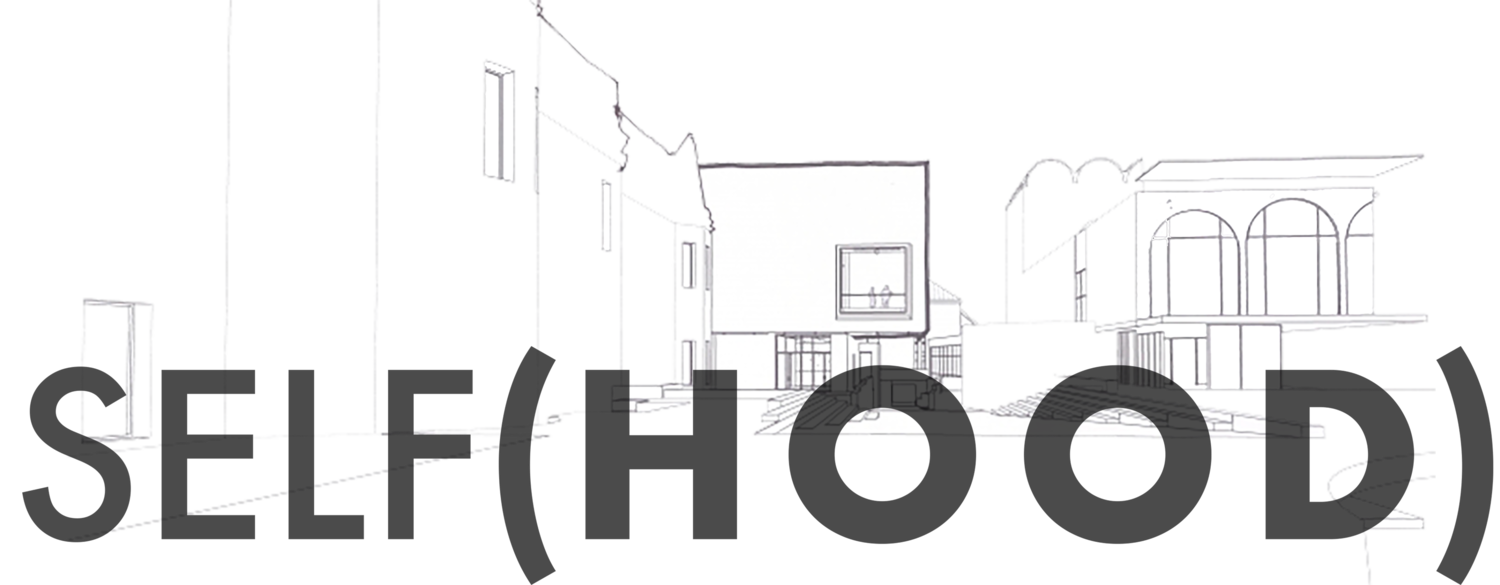El Sueno de la Razon Produce Monstruos (The Sleep of Reason Produces Monsters), Plate 43 from the series The Caprices (Los Caprichos) 1797; published 1799
Francisco Jose de Goya y Lucientes, Spanish, 1746 - 1828
Etching and aquatint on ivory laid paper
Overall: 8 1/2 x 6 in. (21.6 x 15.2 cm)
Purchased through a gift from Dorothy and Jerome R. Goldstein, Class of 1954, PR.986.26
Slumped over a desk, the sleeping man is haunted by owls, bats, and strange creatures. The desk reads “el sueno de la razon produce monstruos”, or “the sleep of reason produces monsters”, the title of this Goya print. Popularly considered to be a self portrait, Goya never confirmed if the central figure was in fact a self-depiction. Adherents to this interpretation see Goya, accompanied by his cat, dozing off amongst his materials while at work. Haunted by his personal deafness and melancholy, Goya’s dreamlike state produces the terrifying monsters that crowd him.
Regardless of the interpretation of the central figure, the ideas behind this image are intimately personal to Goya. Best known for his haunting, expressive paintings, Goya also created multiple print cycles in his lifetime. On top of being hugely profitable, the egalitarian, replicable nature of print allowed him to widely disseminate his images and message. At the turn of the 18th century, Europe was entrenched in a constant push and pull between emotion and individualism against rational thought and cold logic. The central print of his series Los Caprichos, El Sueno... merges the real and the political with the imaginative and the fantastical to critique contemporary Spanish society. Goya saw the lingering pre-Enlightenment attitudes of the burgeoning Romantic embrace of emotion and individualism at the turn of the 18th century as irrational. At the same time, Goya opposed the pure and isolated use of the rational thought and reason that drove the Enlightenment. This belief is captured by the accompanying text to this aquatint, which reads “Fantasy abandoned by reason produces impossible monsters: united with her (reason), she (fantasy) is the mother of the arts and the origin of their marvels." Goya warns against the isolated use of just fantasy or just reason in not only the arts, but in governing his society and in forming the social order.
